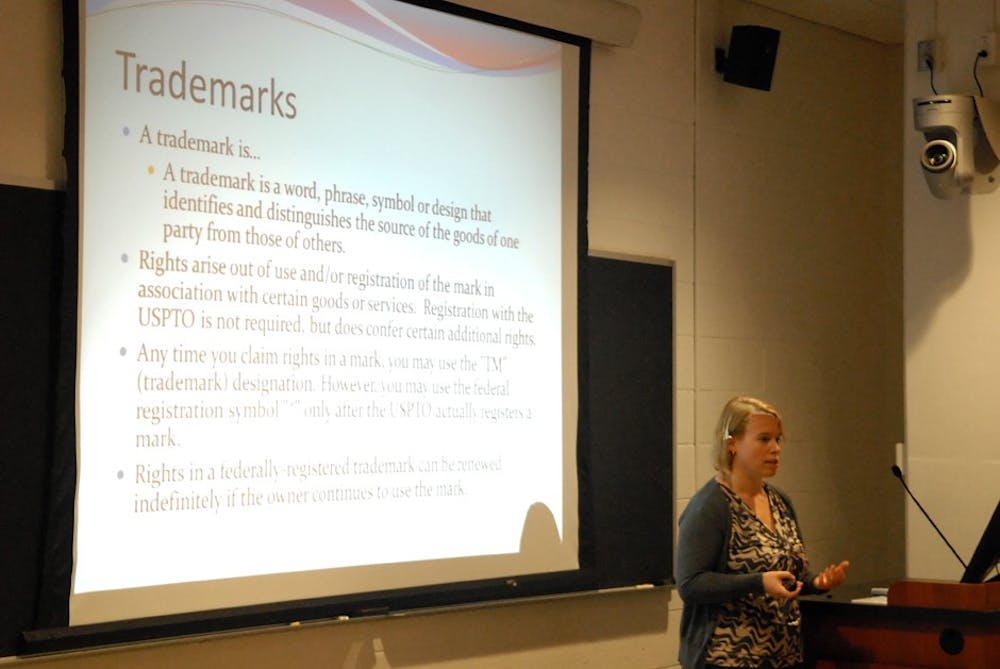
On Wednesday, the Office of Nursing Research hosted a research colloquium on intellectual property with about 20 staff members and faculty. Jennifer Langenberger, director of Intellectual Property at the Center for Technology Transfer, discussed the importance of intellectual property and its pertinence to researchers in the Penn community.
Langenberger defined copyrights, trade secrets and trademarks but focused on patents as they pertain most to the University.
“In the United States, we have one of the most liberal patent laws available,” Langenberger said. “The patent system was originally designed to get people to not hold their inventions to themselves, like they do in trade secrets, but to make them available to the public. So it basically gives you a short-term monopoly in exchange for making something available.”
In the context of the University, Langenberger said, “inventions created by Penn faculty, staff, grad students, or inventions created using University resources are generally owned by Penn.”
The benefits of this, she said, are that profits are still shared and Penn covers the cost of the expensive patent process. “To get a patent in the United States typically costs somewhere between $20,000 and $30,000,” she said. According to Langenberger, one of the lawyers in her office estimated that a global patent protection — obtaining and maintaining a patent in all countries where patent protection is available — costs around $500,000.
Sometimes lengthy clinical trials take up a large portion of the patent term. For example, if a trial takes three years to complete, then the usable term of the patent is reduced from 20 years down to seventeen. The Drug Price Competition and Patent Term Restoration Act offers term extensions for human drug patents to make up for the time lost to federal regulatory review, Langenberger explained. She also said, “something that is in clinical trial is free from patent infringement.”
For further context, Langenberger provided examples of University patents, including a device for determining a pre-term infant’s suck-swallow-breathe pattern prior to discharge, and a discharge decision tool, which is basically a questionnaire to help doctors decide if the patient is ready to be discharged.
Another invention protected by patent is a distraction device to help children better cope with pain during medical procedures.
Langenberger talked about the importance of patents and outlined the criteria for patentability: eligible subject matter, utility, novelty and nonobviousness.
She explained that part of the role of patents is business-related. “The problem is commercialization. Investors won’t invest unless there is potential return on investment.”
Langenberger took a moment to discuss the definition of public closure and reminded the audience that “discussions or email with a colleague outside of Penn is public disclosure unless the disclosure is confidential or you have a confidentiality agreement” and that nonconfidential grant submissions also are considered public disclosure.
The patent process begins with the completion of an Invention Disclosure Form which is then evaluated by the Center for Technology Transfer and put through subsequent processes of patent application.
The Daily Pennsylvanian is an independent, student-run newspaper. Please consider making a donation to support the coverage that shapes the University. Your generosity ensures a future of strong journalism at Penn.
DonatePlease note All comments are eligible for publication in The Daily Pennsylvanian.





